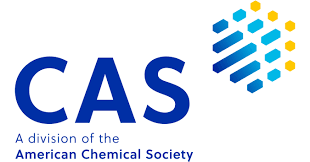Comparison of gonadotropin releasing hormone agonists (GNRHA) vs aromatase inhibitors on volume of uterine leiomyomas in premenopausal women
Keywords:
Pre-menopausal, Uterine, Leiomyoma, Gonadotropin-releasing hormone agonist, Letrozole, Leuprolide acetate, Aromatase inhibitorAbstract
Among the most prevalent yet poorly understood female health issues is uterine leiomyomas. In order to preserve fertility and avoid or delay surgical intervention, medical treatments are typically considered first-line. Therapeutic benefits of GnRH antagonists, aromatase inhibitors, progestin, and selective progesterone receptor modulators have been studied for the treatment of irregular uterine bleeding and the reduction of fibroid volume. To compare the effect of gonadotropin-releasing hormone agonist (leuprolide acetate) vs. Aromatase inhibitor (Letrozole) on volume of uterine leiomyoma in pre-menopausal women with leiomyomas. Randomized Controlled Trial. The study was conducted at Obstretrics and Gynaecolocy Department of Tertiary Care Hospital of Lahore i.e, Lady Willingdon Hospital Lahore. The study duration was six months. Patients were split into two groups of 31 using a lottery system; Group-A and Group-B. Group-A received aromatase inhibitor (letrozole) tablets and long-acting GnRHa (leuprolide acetate) injections (Group-B). The Aromatase Inhibitor (Tab letrozole). Every participant was given a set of standard measurements. All ultrasound examinations and analyses were carried out by a trained sonologist, who most often used a transvaginal probe. Once the myoma was located, its volume was determined utilising a step-by-step planimetry approach and a unified piece of software. Mean values were determined from measurements taken at the beginning of treatment and again at weeks 4, 8, and 12. Statistical analysis showed no significant difference among Leuprolide acetate treatments after 12 weeks of administration, (10.42 vs. Letrazole's 9.95, p=0.626) and Letrazole (22.44 vs. Letrazole's 22.95, p=0.692) in terms of myoma volume reduction. Both groups had a drop in volume, but there were no statistically significant differences between treatments. Results of this study demonstrate no significant difference for leuprolide acetate and Letrozole on volume reduction of uterine leiomyoma in pre-menopausal women.
Downloads
Published
How to Cite
Issue
Section
License
Copyright (c) 2024 The authors retain the copyright without restriction.

This work is licensed under a Creative Commons Attribution 4.0 International License.









